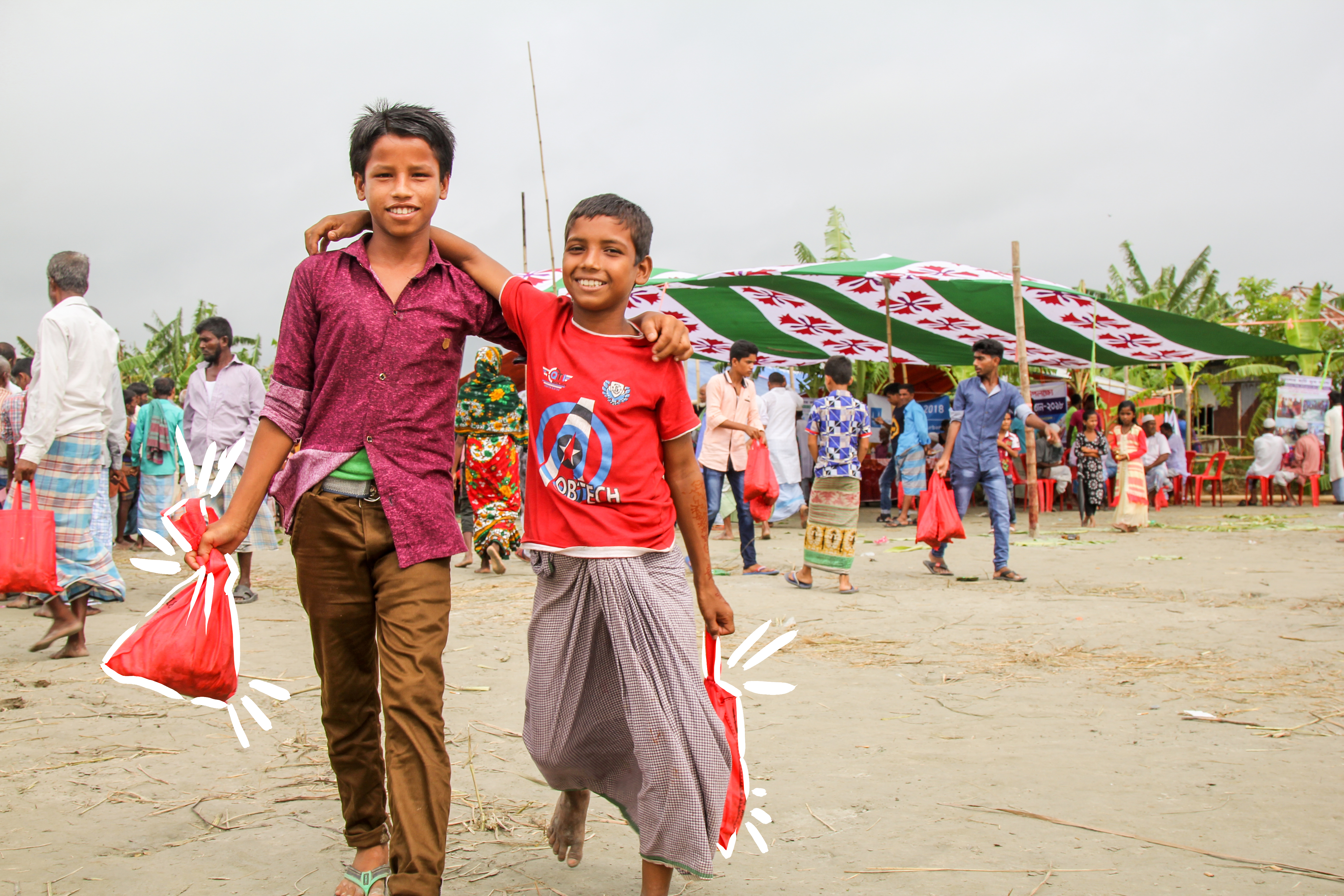Syria’s Four Years: Are You Paying Attention to Your Role?
Nada Shawish is a Communications Specialist at Islamic Relief USA.
I visited Jordan and Lebanon close to the beginning. The conflict had only begun to get deadly, and I was standing in Zataari camp in Jordan. The camp was filling with people just escaping from Syria—arriving with so little, living in the desert with a flimsy tent, stifled by heat and choked by dust, with absolutely nothing but the clothes on their back. I thought then, these people might not make it. So many of these people will not be able to survive these brutal conditions. I could barely stand or breathe after just an hour at Zataari.
Zataari camp is now home to more than 85,000 people according to UNHCR, and with limited resources and funds available for so many people, it’s hardly a refuge. Indeed, many have died in that camp and in others over the last four years. The worst part is that the majority of refugees are not living in camps. And believe it or not, this is worse for them as they travel under the radar, without any humanitarian help.
Worse still are the millions displaced inside Syria who are neither here nor there: They’re not registered refugees because they haven’t crossed international borders, and they’re not citizens in their own country because the state, in chaos, has abandoned them. They have no protection—many people inside Syria are living this way, completely inaccessible.
What began as largely peaceful demonstrations demanding reform in Syria has become the largest humanitarian crisis in the world. Perhaps no one could have foreseen the levels of violence and devastation in Syria and in the region that we’re seeing now. And perhaps it was bound to happen after years of mounting tensions. But the conflict has grown with each passing year, and the world is watching staggering numbers of people killed, 220,000, and people wounded—more than 1 million. The numbers just grow and grow and grow.
Nearly 4 million people have run away from Syria and more than 7.8 million people are displaced inside the country. 12.8 million people are in dire need of aid in Syria right now. These numbers command attention. Enormous numbers, the horrifying price tag the world pays for continuing to let them grow.
Not only this, but the cultural quilt that was once Syria is now ashes in the wind as the country divides more deeply along sectarian lines. Neighbors who peacefully coexisted and families who accepted differences are now armed with mistrust and fighting for their lives, separated, homeless and alone.
And while diplomacy fails, and great ideological struggles continue on the battlefield, civilians in Syria and neighboring countries need basic things to survive—simple things like food, water and medical care. Children need to go back to school. Parents need to work. People need to raise their families and continue their lives somehow. These are the people who are paying for this war.
And helping them get through it isn’t an option.

Four years later, the reality is that although a solution to the larger conflict is absolutely needed, individuals and families affected by the chaos need support right now.
Syrians are relying on humanitarian aid to survive—that means that generous donors and humanitarian aid workers are really their lifeline through this crisis.
Islamic Relief USA donors have been with Syrians since the crisis began in 2011. IRUSA donors were delivering aid and supplies to Syrians as I was documenting those aid efforts and the needs of Syrians in Lebanon and Jordan in 2012.
Since 2011, IRUSA donors sent aid to more than 2.1 million Syrians. And they’re continuing these efforts today for Syrians inside Syria and in Jordan and Lebanon.
We have to continue to pay attention to what’s going on in Syria, and we have to be aware of the impact of the humanitarian aid for Syrians in need. They’re able to continue in many cases because of the emergency medical care you provide, the food you send to fill their bellies, the clean water you provide access to, and so much more.
Now isn’t the time to switch the channel, skip the article, or turn off the radio to Syria. Now, more than ever, is the time to pay attention to Syria—it’s not just going to go away. It’s a crisis that will keep growing and will affect us all if we don’t do something to help—it already is.
The individual people being helped by humanitarian efforts are surviving the astronomical odds. They are surviving some of the worst circumstances imaginable.
In a moment when millions of people, including women and children, are at risk, and a growing humanitarian emergency threatens the well-being of entire groups of civilians, the position to denounce brutality against civilian populations should be clear. The position to help people in need in a time of crisis should be obvious. Without unanimous consensus on these positions, no one will be safe.
The most responsible and effective stance to take in Syria is a humanitarian one. Four years in, are you paying attention to your role?
To see how you have helped over the last four year follow this link



